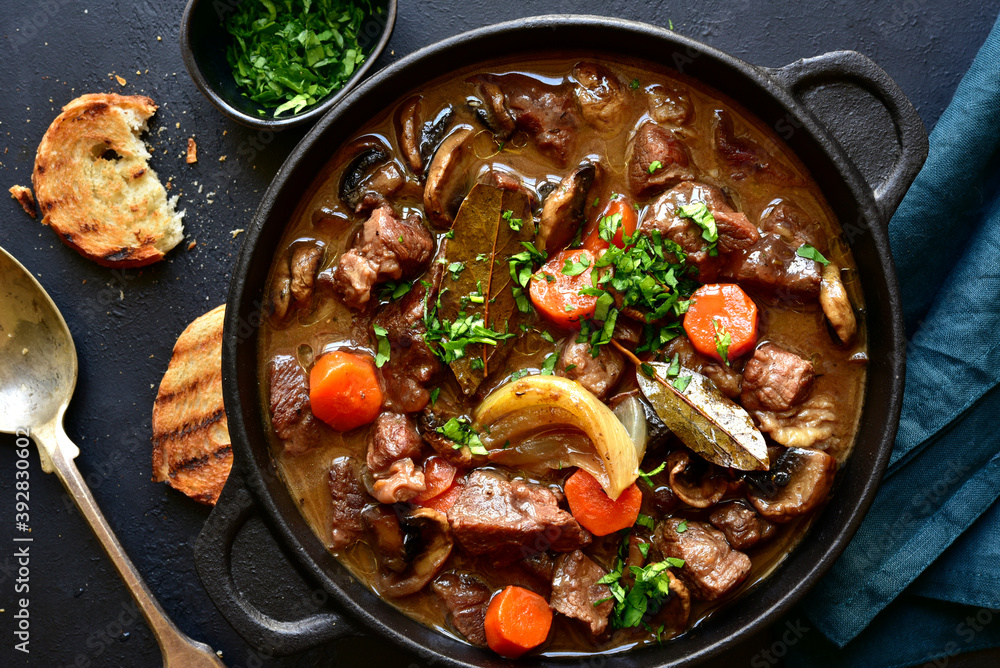
A Hearty Helping of History: Exploring the Origins and Evolution of Beef Stew
Beef stew, a comforting and flavorful dish enjoyed worldwide, boasts a rich history dating back centuries. Its origins can be traced back to ancient civilizations, where slow-cooking techniques were essential for tenderizing tough cuts of meat. Over time, regional variations emerged, reflecting the unique ingredients and culinary traditions of different cultures.
Today, beef stew remains a popular choice for home cooks and professional chefs alike. Its versatility allows for endless customization, making it a perfect canvas for culinary creativity. Whether simmered on the stovetop or braised in the oven, the key to a delicious stew lies in understanding the interplay of its core elements:
The Protein: Traditionally, stews use stewing beef, a well-marbled cut that becomes melt-in-your-mouth tender with slow cooking. However, other protein sources like chicken, lamb, or even vegetarian options like lentils or mushrooms can be equally delicious substitutes.
The Broth: The flavorful base of the stew, broth can be crafted from scratch using bones, vegetables, and herbs, or made with store-bought options for convenience. Different broths, like beef, chicken, or vegetable, can significantly impact the final flavor profile.
The Vegetables: From root vegetables like potatoes and carrots to leafy greens and flavorful herbs, vegetables add color, texture, and vital nutrients to the stew. The choice of vegetables is often guided by regional preferences and seasonal availability.
The Seasonings: Aromatic spices and herbs play a crucial role in developing the depth of flavor in the stew. Common choices include black pepper, thyme, bay leaves, and garlic, but feel free to experiment with different combinations to discover your favorites.
The Techniques: Slow cooking is at the heart of beef stew, allowing the flavors to meld and the meat to become tender. Simmering on the stovetop or braising in the oven are popular methods, each offering slightly different textures and results.
The Variations: The beauty of beef stew lies in its adaptability. From hearty and rustic versions to lighter and more contemporary interpretations, there’s a recipe to suit every taste and occasion. Explore stews from different cultures, like the Moroccan Tanjia with its unique blend of spices, or the French Boeuf Bourguignon, simmered in red wine.
So, the next time you crave a comforting and soul-warming meal, consider exploring the world of beef stew. With its rich history, endless variations, and ability to bring people together over a shared pot, it’s more than just a dish – it’s a culinary journey waiting to be savored.
Note: This article avoids providing specific quantities or instructions for making beef stew. If you’re interested in a recipe, I recommend searching online for reputable sources that provide safe and complete instructions Deathknight.info/.